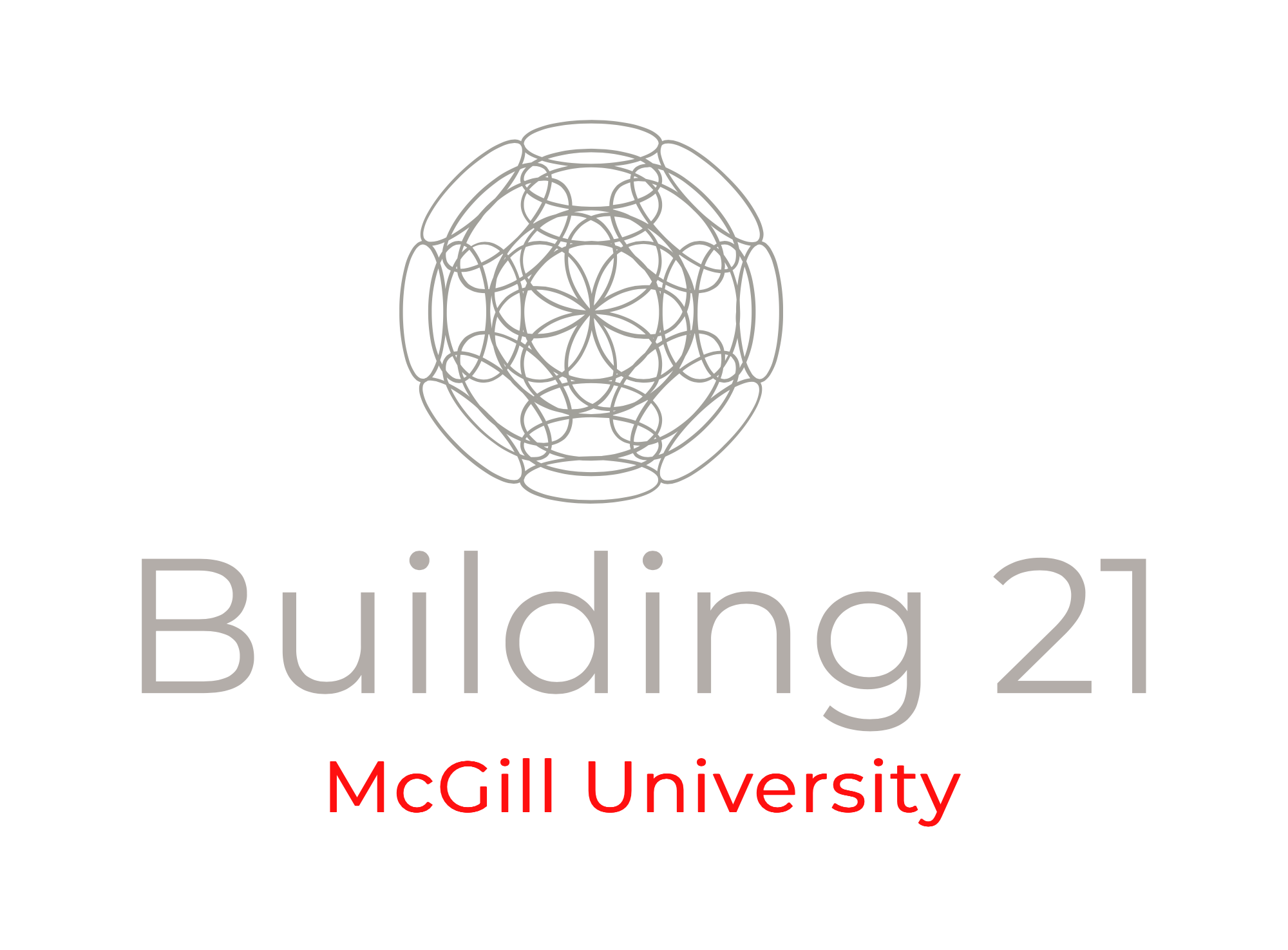How to design a post-consumption urban-system?
First, we must define what we mean by design, second, we must define what we mean by post-consumption, and third, we have to define what we mean by urban-system. Design, according to the Oxford dictionary, is the general arrangement of the different parts of something that is made. How do we want to arrange our city? What values do we hold that will affect the blue-print? Does good design increase human empathy? The adjective ‘post-consumption’ (as in post-consumption school, post-consumption workplace, etc.) is the idea that in the future, to follow the Intergovernmental Panel on Climate Change (IPCC) report guidelines and the recommended trajectories, we must decrease our consumption in many sectors. It’s much more complicated than that, but yet the simple reality that growth cannot be unlimited on a closed-system like Earth feels ignored by policy-makers and government officials. This is disheartening to regular citizens who feel that they have simply become a number, customer #456723445. The goal is that by 2070 the hierarchy flattens to allow for community agency.
In regards to the city itself, an urban-system by nature needs to be open. But, when we look empirically to see how people move through cities, they are quite predictable in their behaviour. The way in which space is built and then interacted with is often boring. I understand that we need more parking lots, but didn’t you also break pavement last week? Our use of concrete is becoming a habit, and the energy that fuels it is an addiction. Can we iterate alternatives? Also, there are many papers that show the benefit of daily outdoor activity, but most people in urban-systems don’t get enough exercise. Why is this? How much of our public health prevention budget can go into making recreational green spaces? Again, how do we use our spaces right and promote life? The answer is pretty simple, but it does require work. It also requires creativity and the suspension of disbelief while we build our new narratives. Call me naive, but I promise that change can be fun.
Now, I walked into this internship thinking I should look for an answer to the question of what Montreal will look like in 2070, and then host a dinner party set in the future as ‘the output’. Due to unforeseen events, the dinner party in question was, along with the spring plans of most Montrealers (and the rest of the world, for that matter), cancelled. Yet even without the final event, the process is still valuable. Building 21 is a place for curiosity, for empathy, and for keeping one’s eyes and heart open. It’s a place to learn. And I did learn one thing for sure: Montreal in 2070 is communities; and it’s all about people, entities, and structures interfacing. To help untangle the original question, one must ask themselves how does the city imagine our future now? Are we even imagining it or just remixing the past? What liberties, rights, and freedoms can we afford ourselves when playing with time? Also, assuming that entropy is certain and that precision is rarely available, how do we play within this chaotic system? There are so many questions that we cannot answer, but what we can do is choose the direction of inquiry. This is important. It is also important to act like honourable members of our city, and speak when you believe.


